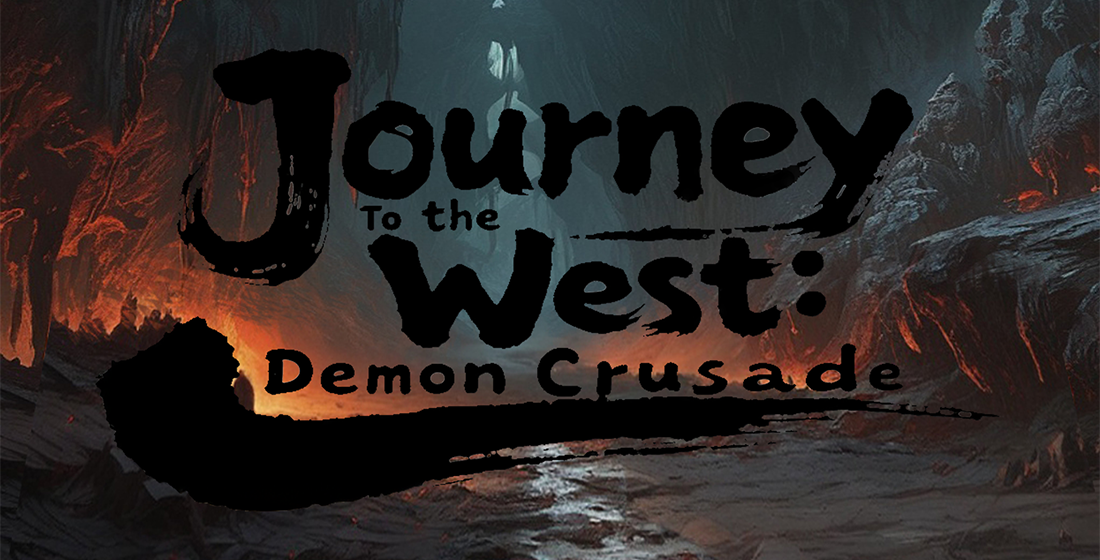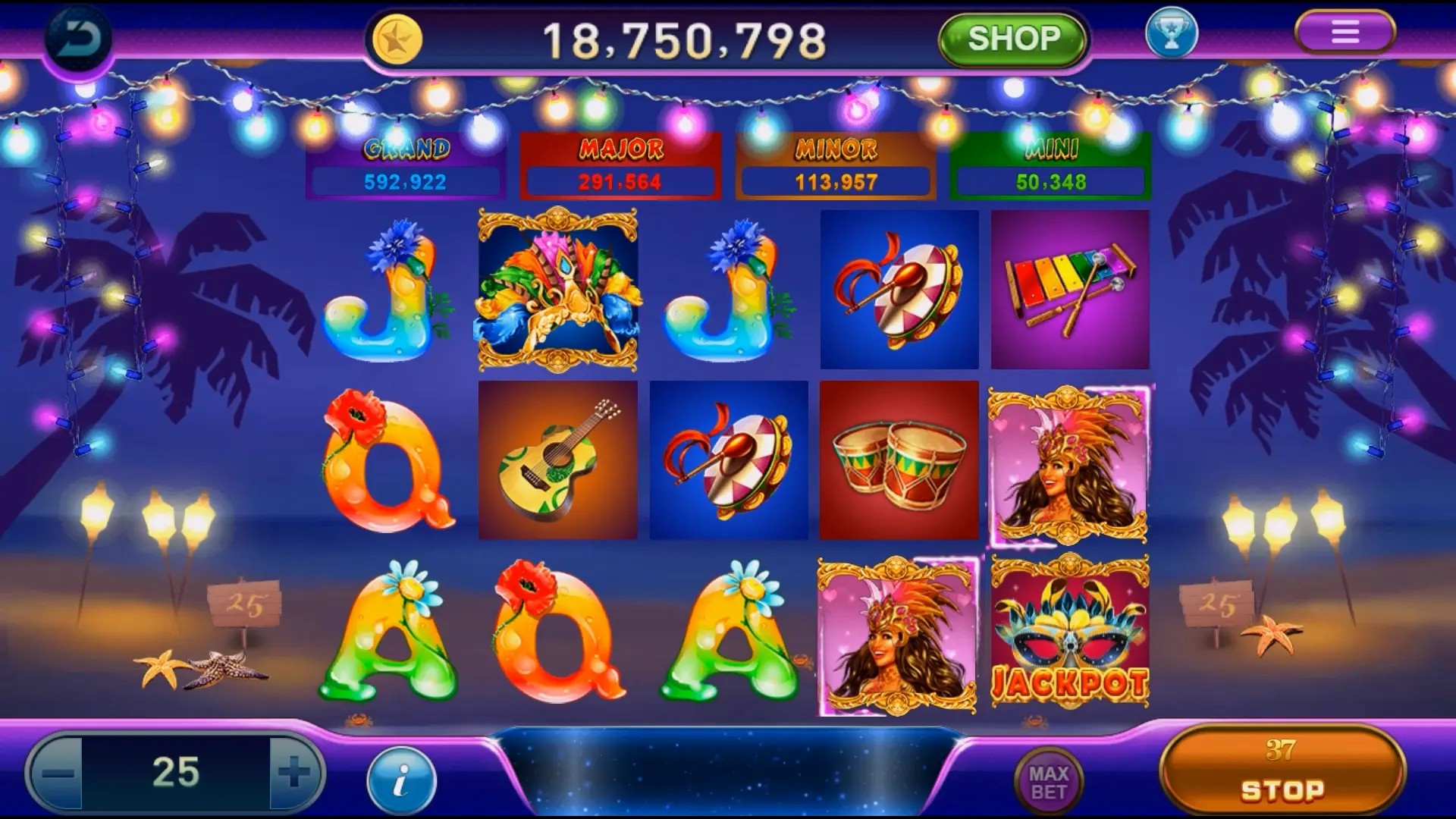Why Idle Games Are Captivating Gamers: Unpacking the Secrets Behind Their Popularity
In the world of gaming, a rising trend has been catching the eye of players everywhere - idle games. These seemingly effortless games have taken over screens and minds alike, offering an engaging experience that contradicts traditional gaming norms. But what is behind this phenomenon? Let's explore the captivating aspects of idle games, especially through their connection to game story beat techniques and how they even make a zombie survival game feel fresh and exciting.
Understanding Idle Games
Idle games, often dubbed as clickers or incremental games, require minimal player intervention to progress. Games like *AdVenture Capitalist* or *Cookie Clicker* exemplify this genre, allowing players to earn achievements long after they've stepped away from their devices. The core appeal lies in their simplicity—anyone can jump right in without strict learning curves. This low barrier to entry opens the door for casual gamers who want a quick fix during their lunch breaks or while commuting.
The Game Story Beat Techniques
What truly sets idle games apart are their strategic employment of game story beat techniques. Let’s take a look at a couple of these compelling elements:
- Rewarding Progression: Idle games craft a sense of accomplishment through constant progress, even if the pace feels relaxed. The reward system often pushes players to check back in, creating a lucrative cycle of engagement.
- Simplified Management: By minimizing the need for constant interaction, these games allow players to manage their resources with ease, representing a unique blend of management strategy and casual play.
Such techniques are present not just in idle mechanics but also in immersive narratives. Games implementing these strategies stimulate intrigue, encouraging players to engage repeatedly while experiencing a feeling of growth and achievement.
The Zombie Survival Game Twist
Interestingly, the zombie survival genre has also embraced idle mechanics, resulting in games like *Zombidle*. Players can manage their own zombie armies that automatically collect loot while they’re offline. This twist creates an engagement layer, merging the thrill of survival with the laid-back nature of idle gameplay. The success of idle zombie games lies in the duality they offer—players do not need to actively fight off hordes but can still feel a part of the action as their zombie minions do the work.
| Game Title | Genre | Core Features |
|---|---|---|
| *AdVenture Capitalist* | Idle | Progression, Upgrades |
| *Zombidle* | Idle Survival | Management, Upgrades |
| *Cookie Clicker* | Idle | Upgrades, Story Beats |
Why Gamers Are Hooked
The intertwining of idle games and modern gaming habits is a match made in gaming heaven. Players are drawn to the mix of captivating graphics, rewarding systems, and engaging narratives. With most gamers leading busy lives, the accessibility and flexibility of idle games are appealing. Whether it's a quick action while waiting in line or the satisfaction of checking in on progress after some time away, players can’t seem to resist.
Furthermore, the gamification of everyday tasks enables players to develop a sense of *ownership* and *involvement* in their game world, even when they are not actively playing. This boosts player retention rates dramatically compared to traditional gaming models.
Conclusion
Idle games are more than just a passing trend in the world of gaming. They have captivated millions by offering a unique blend of strategic progression and immediate gratification, all the while keeping player investment in check. As we witness the evolution of gaming, particularly in genres like zombie survival game, the rise of idle mechanics is emblematic of shifting player preferences. So next time you find yourself clicking away, remember—you’re not just playing; you’re engaging in a delightful dance of strategy, story, and casual fun.



